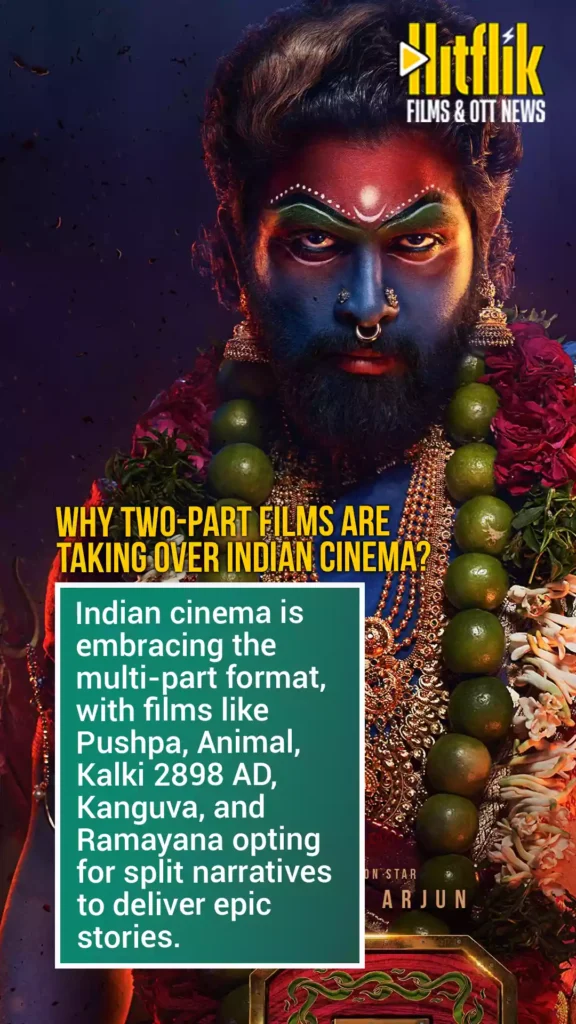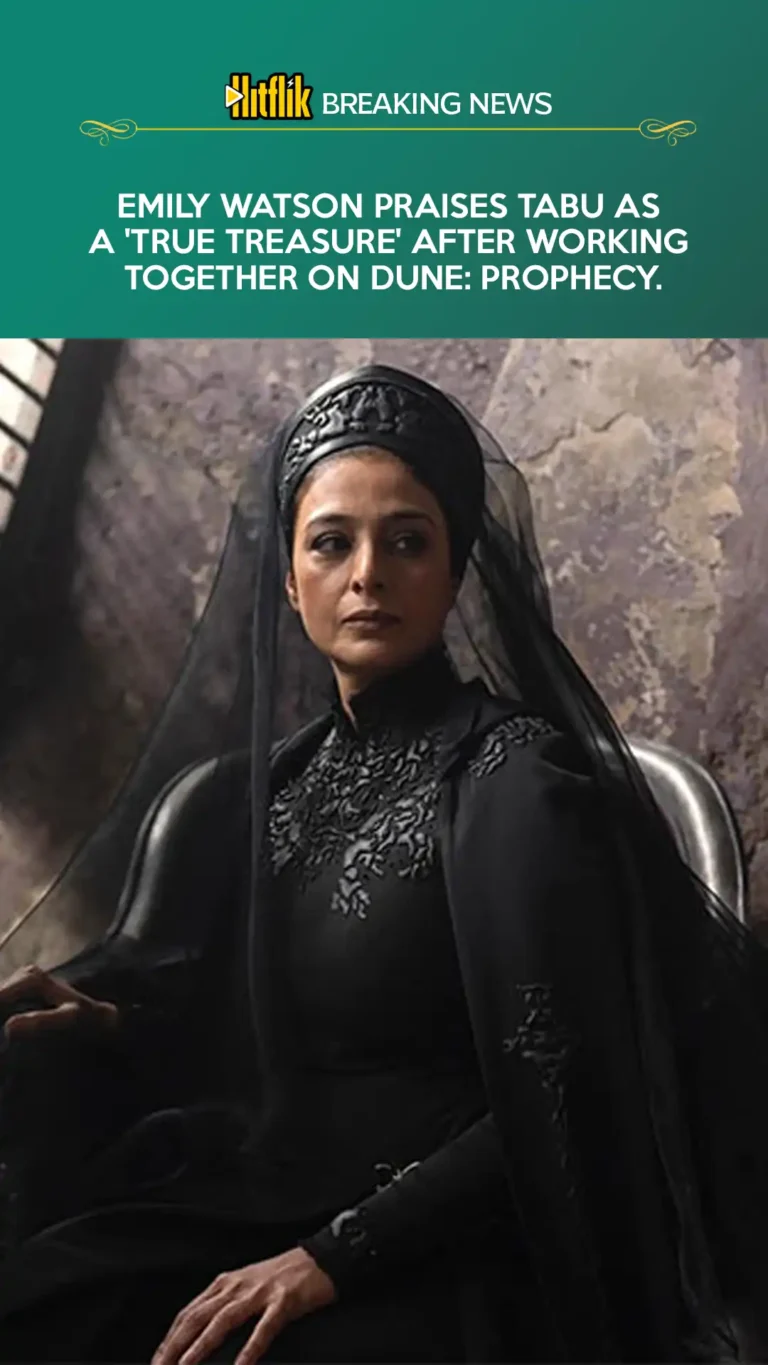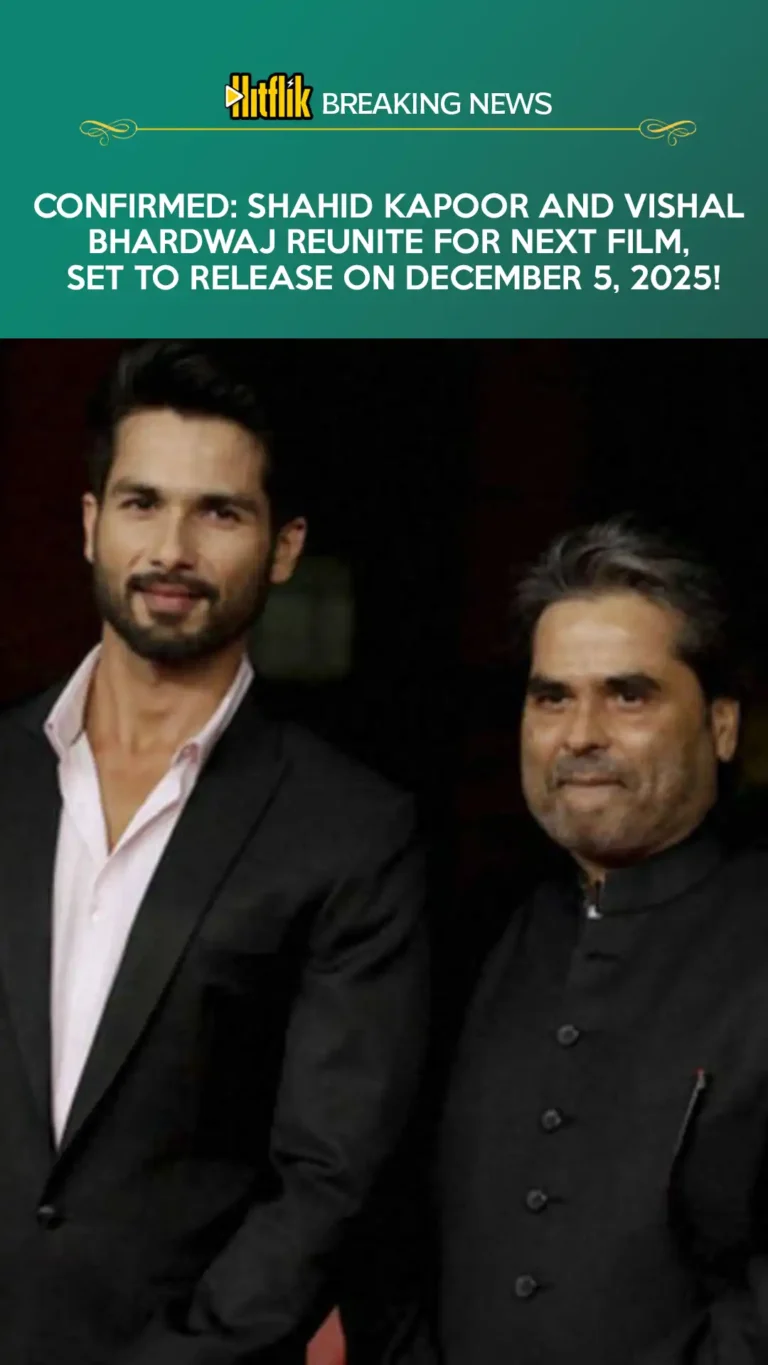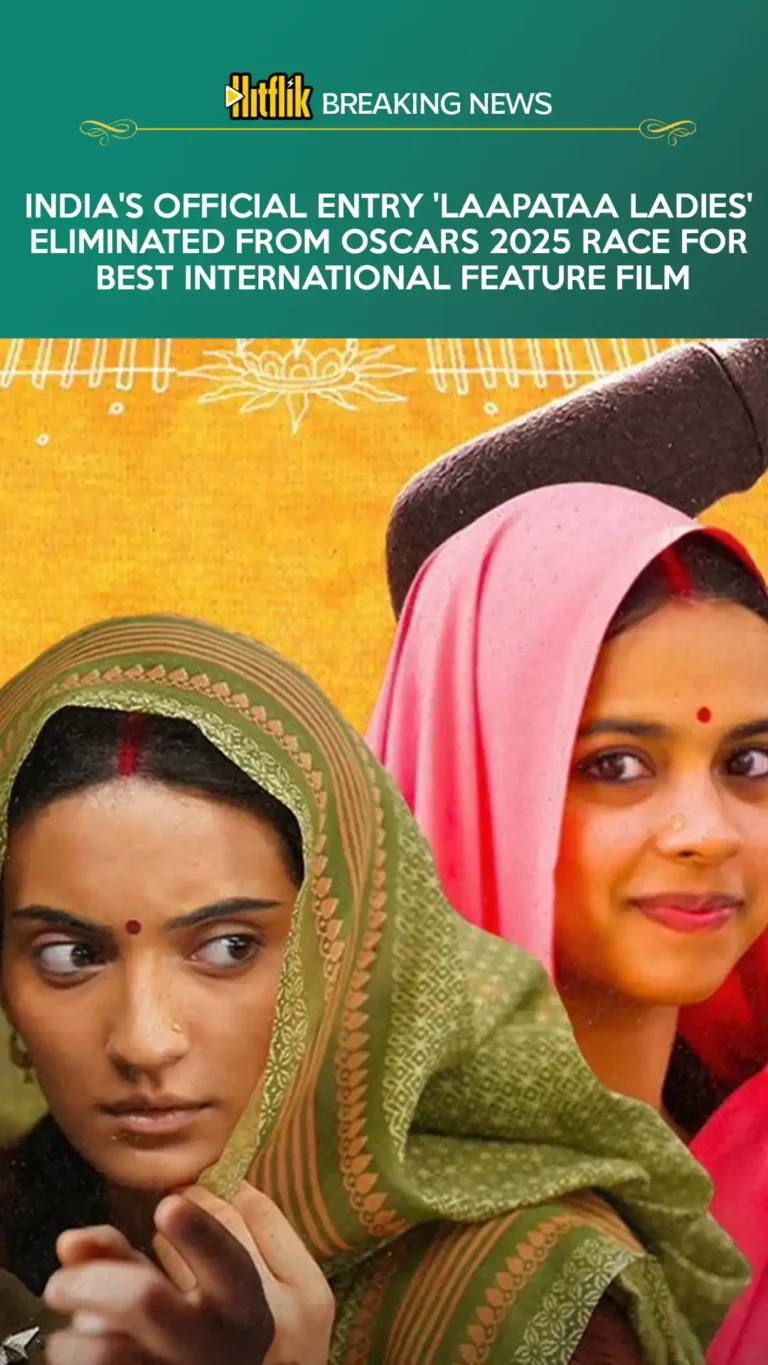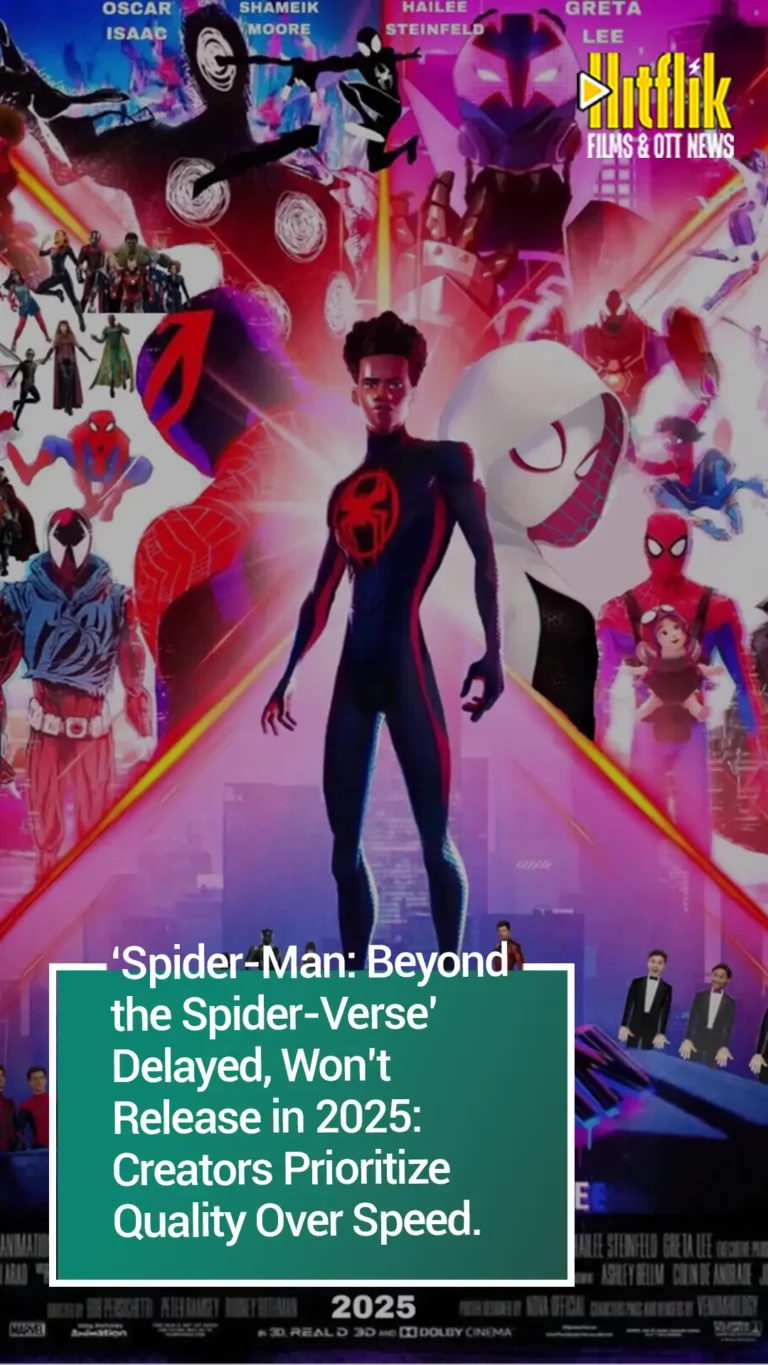Indian cinema is increasingly embracing the two-part film format, with several recent and upcoming projects opting for this narrative structure. Movies like Pushpa (2021), Animal (2023), Salaar (2023), and Kalki 2898 AD have already proven the appeal of multi-part stories. Directors find that splitting a story into two parts offers ample opportunities to expand character arcs, enhance storytelling depth, and keep audiences engaged.
Why the Two-Part Format is Gaining Popularity
Filmmakers in the Indian film industry are increasingly opting for a two-part format. Director Koratala Siva explains that films with multiple characters and vast narratives need more than one part to do justice. He mentions, “If the story is too big, we need to tell it in parts.”
The success of two-part films lies in exploring deeper emotions and events. Director Shankar adds that compressing the story would dilute its essence. “The soul of every scene would have been lost,” he said.
The Risk and Reward of Multi-Part Films
The two-part format offers creative freedom but also carries risks. Films like Bhoot: The Haunted Ship (2020) and Attack: Part 1 (2022) didn’t see sequels due to poor box office performance.
Trade expert Atul Mohan believes some filmmakers are confident about part two’s success. He mentions the success of KGF: Chapter 1 and predicts that sequels like Pushpa 2 will perform well.
Case Study: Baahubali and the Power of the Cliffhanger
Baahubali became a successful two-part franchise due to its grand narrative. Writer V Vijayendra Prasad shared that ending the first part with a cliffhanger created immense suspense. The iconic moment of Kattappa killing Baahubali made the second part a highly anticipated release.
The Future of Two-Part Films in India
Upcoming films like Ramayana and Kanguva are also adopting the two-part format. This trend indicates that multi-part storytelling is here to stay in Indian cinema.
The two-part structure allows for better character development and deeper plotlines. While risky, it gives filmmakers the space to create expansive and immersive worlds.
Conclusion
The two-part format has transformed Indian cinema. It allows filmmakers to tell grander stories. With films like Devara, Ramayana, and Kanguva leading the way, audiences can expect more compelling narratives across multiple releases.
Get your fix of the latest updates, reviews, box office collections, comparisons, and exclusive sneak peeks at Hitflik. The ultimate source for everything cinematic!
